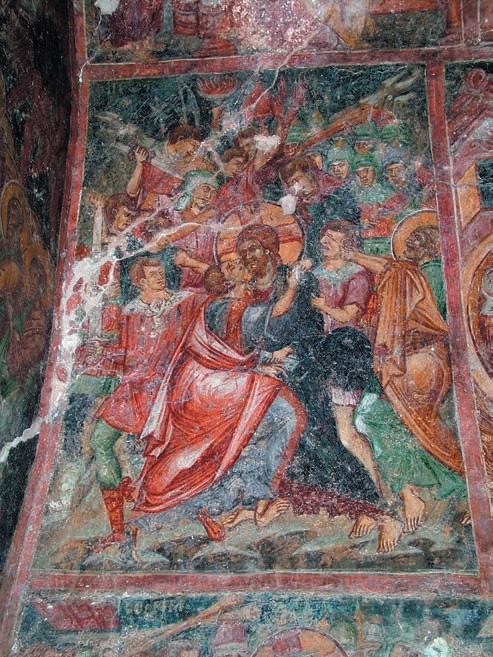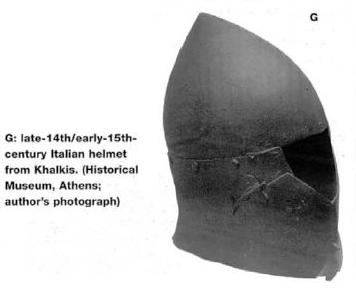
Try Amazon Audible Premium Plus and Get Up to Two Free Audiobooks



 The last frescoes of the Betrayal show more evidently local difference in the armament of the soldiers. They are even more convincingly based upon real warriors members of the local militia, or garrison troops. In Thessaloniki the soldiers are more similar to the Gospel descriptions, although copied from the local militia. Various kinds of dress
The last frescoes of the Betrayal show more evidently local difference in the armament of the soldiers. They are even more convincingly based upon real warriors members of the local militia, or garrison troops. In Thessaloniki the soldiers are more similar to the Gospel descriptions, although copied from the local militia. Various kinds of dress